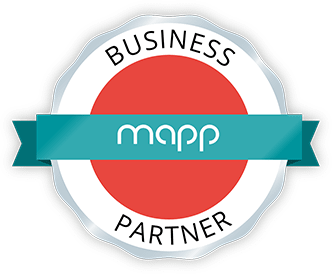The Pros and Cons of ESP Revenue Attribution
In the world of email marketing, Email Service Providers (ESPs) like Klaviyo, Mailchimp, and Omnisend offer built-in revenue attribution tools that claim to show exactly how much revenue your email campaigns generate. For many marketers, this seems like a dream come true: a direct line from email to ROI. But is it really that simple?
Let’s break down the pros and cons of ESP revenue attribution—so you can decide if it’s enough for your business, or if it’s time to dig deeper.
✅ The Pros of ESP Revenue Attribution
1. Quick & Convenient
Most ESPs automatically track revenue from email clicks and conversions. No extra setup, tagging, or reporting tools are needed. This is especially helpful for small teams who need simple reporting without complex integrations.
2. Campaign-Level Visibility
You can see how each individual campaign or flow performs in terms of revenue, opens, and clicks. This helps you quickly spot high-performing emails and optimize others.
3. Segmentation Insights
Many ESPs combine attribution data with segmentation. For example, you can track how much revenue was generated by VIP customers versus new subscribers—great for tailoring content to different audiences.
4. Plugged Into the Funnel
Because your ESP is where emails are built and sent, it naturally knows what content was sent, when, and to whom—making attribution feel intuitive and accessible.
⚠️ The Cons of ESP Revenue Attribution
1. Over-Attribution
One of the biggest drawbacks is that ESPs often over-attribute revenue to email. For example, if someone clicks an email but doesn’t purchase for several days—and comes back through another channel like Google—your ESP may still claim the revenue.
This can make email look more effective than it actually is, which skews your channel strategy.
2. Lack of Multi-Touch Insight
Most ESPs use last-click or simplistic attribution windows (like 5-day post-click). This ignores the complex, multi-channel journey customers often take—and gives email all the credit even when other channels did the heavy lifting.
3. Discrepancies with Other Platforms
It’s not uncommon to see conflicting numbers between your ESP, Google Analytics, and your ecommerce platform. That’s because each uses different attribution models and tracking methods, leading to confusion over what’s “real.”
4. Not Always Customizable
While some ESPs allow minor tweaks to attribution windows, most lack the flexibility of more advanced analytics tools. If your business has a long sales cycle, high-consideration purchases, or multiple touchpoints, you may outgrow ESP attribution quickly.
So, Should You Trust ESP Revenue Attribution?
Yes—but with a grain of salt. ESP revenue attribution is a great starting point. It gives directional insight, helps compare campaign performance, and enables faster decisions.
But for a full picture of marketing effectiveness—especially if you’re investing heavily in multiple channels—you’ll need to bring in tools like GA4, third-party attribution platforms, or a custom-built reporting suite that blends data across all touchpoints.
Final Thoughts
Email is a powerful revenue driver, but it doesn’t operate in a vacuum. While ESP attribution tools can make email look like the hero, it’s important to ask: what’s really driving the sale?
By understanding both the strengths and blind spots of ESP revenue attribution, you can make smarter decisions, set clearer goals, and invest where it truly counts.
What do your think?





